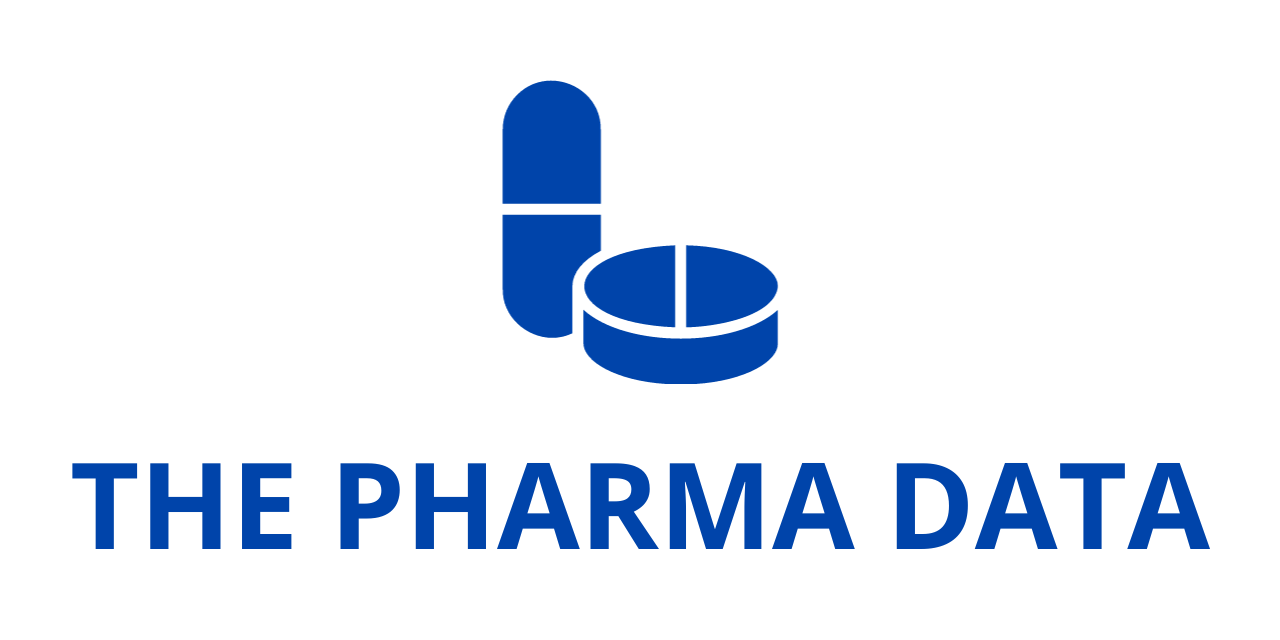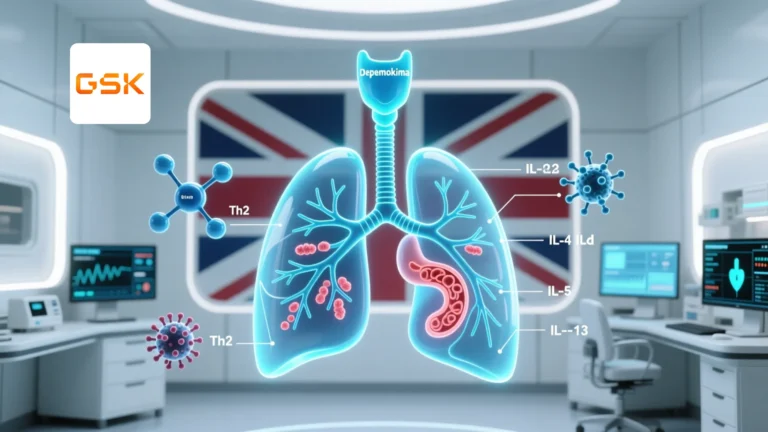
Ionis Pharmaceuticals, Inc. (Nasdaq: IONS) announced that the U.S. Food and Drug Administration (FDA) has accepted its New Drug Application (NDA) for donidalorsen, an investigational RNA-targeted therapy for preventing hereditary angioedema (HAE) attacks in patients aged 12 and older. The FDA has set a Prescription Drug User Fee Act (PDUFA) target decision date of August 21, 2025. This NDA is supported by positive data from the Phase 3 OASIS-HAE and OASISplus studies, along with ongoing Phase 2 open-label extension (OLE) trials, showing effective results with both monthly and bi-monthly dosing.
HAE is a rare, genetic disorder causing recurrent episodes of severe swelling in various body areas, potentially life-threatening when affecting the throat. Donidalorsen works by reducing prekallikrein (PKK) production, thereby interrupting the pathway responsible for HAE attacks.
“Despite current treatment options, many individuals with HAE still experience painful, potentially life-threatening breakthrough attacks,” said Brett Monia, Ph.D., CEO of Ionis. “The clinical evidence from our Phase 3 and Phase 2 studies supports donidalorsen’s potential to advance prophylactic treatment for HAE. With the FDA’s acceptance of our NDA, we are on track for our second independent product launch next year, assuming approval, bringing us closer to our commitment to provide innovative therapies for serious diseases.”
In 2023, the FDA granted donidalorsen Orphan Drug Designation. Otsuka, which holds exclusive commercialization rights in Europe and the Asia Pacific, plans to submit a Marketing Authorization Application (MAA) to the European Medicines Agency (EMA) this year.
Recent results presented at the 2024 American College of Allergy, Asthma & Immunology (ACAAI) Annual Scientific Meeting highlighted donidalorsen’s sustained efficacy in reducing HAE attacks, with a 96% mean reduction from baseline over three years in the Phase 2 OLE study. Across the studies, donidalorsen demonstrated good tolerability, with most adverse events being mild to moderate and injection site reactions as the most common.




